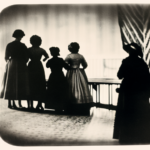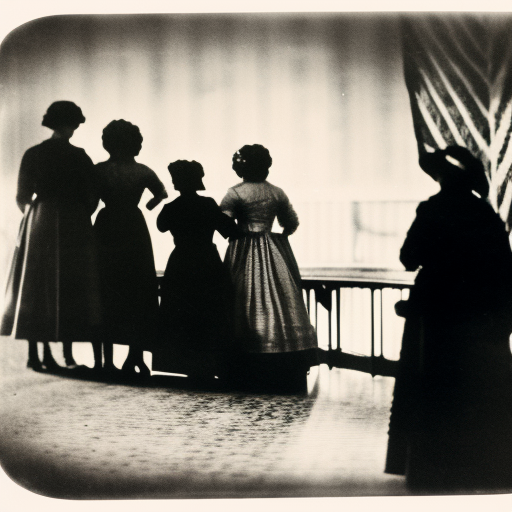The Seneca Falls Convention (1848)
The Seneca Falls Convention, held in Seneca Falls, New York, in 1848, was a landmark event in the history of the women’s suffrage movement in the United States. It was the first women’s rights convention to be organized and led by women, and it marked the beginning of a long and arduous struggle for gender equality.
Background:
In the early 19th century, women in the United States had limited legal rights and were largely confined to the domestic sphere. They were denied the right to vote, own property, and participate in public life. Inspired by the abolitionist movement and the fight for emancipation, a group of women began to question their own subjugation and demand equal rights.
Organizing the Convention:
The Seneca Falls Convention was organized by Elizabeth Cady Stanton, Lucretia Mott, and a group of other prominent women activists. Stanton, who had been excluded from a women’s rights convention in London, was determined to hold a similar event in the United States. The convention was planned as a two-day event and was advertised through newspapers and handbills.
The Convention:
On July 19, 1848, approximately 300 people, mostly women, gathered at the Wesleyan Chapel in Seneca Falls. The convention began with a speech by Stanton, in which she outlined the grievances and demands of women. The attendees then discussed and debated the Declaration of Sentiments, a document modeled after the Declaration of Independence, which called for women’s equality in all aspects of life.
Declaration of Sentiments:
The Declaration of Sentiments, drafted primarily by Stanton, listed 18 grievances against the patriarchal society and demanded equal rights for women. It asserted that “all men and women are created equal” and called for women’s suffrage, access to education and employment, and the right to own property. The declaration was signed by 68 women and 32 men, including Frederick Douglass, a prominent abolitionist.
Impact and Legacy:
The Seneca Falls Convention was a significant milestone in the women’s suffrage movement. It brought the issue of women’s rights into the public sphere and sparked a nationwide debate. However, the convention also faced strong opposition and ridicule from many quarters, with critics dismissing the demands as radical and unrealistic.
Continued Struggle:
Following the convention, Stanton and other women’s rights activists continued to campaign for women’s suffrage and equal rights. They organized more conventions, published newspapers, and lobbied for legislative changes. It took several more decades of relentless activism and struggle before women finally gained the right to vote with the passage of the 19th Amendment in 1920.
Significance:
The Seneca Falls Convention laid the foundation for the modern women’s rights movement. It provided a platform for women to voice their grievances and demand equality. The convention also highlighted the intersectionality of women’s rights with other social justice movements, such as abolitionism. It inspired generations of women to fight for their rights and paved the way for future advancements in gender equality.
In conclusion, the Seneca Falls Convention of 1848 was a pivotal moment in the history of the women’s suffrage movement. It brought together women from different backgrounds to demand equal rights and marked the beginning of a long and challenging struggle for gender equality. The convention’s Declaration of Sentiments and the discussions that took place during the event laid the groundwork for future activism and legislative changes. The Seneca Falls Convention remains a symbol of women’s resilience and determination in the face of adversity.












